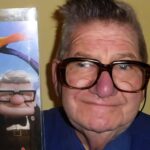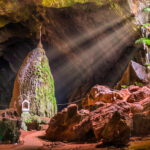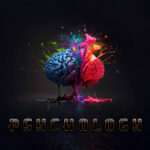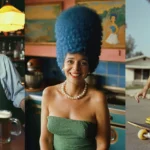My introduction to Carl Jung came unexpectedly through the Big Book of Alcoholics Anonymous (AA). Reading that book opened a door to a deeper understanding of spirituality, and it’s a journey I’ve never regretted. What many people don’t realize is that Jung played a pivotal role in the creation of AA. A connection that began with his interaction with Rowland Hazard, a wealthy American businessman and patient struggling with severe alcoholism. Hazard, desperate for a cure after numerous failed attempts to control his drinking, sought Jung’s help in the early 1930s.
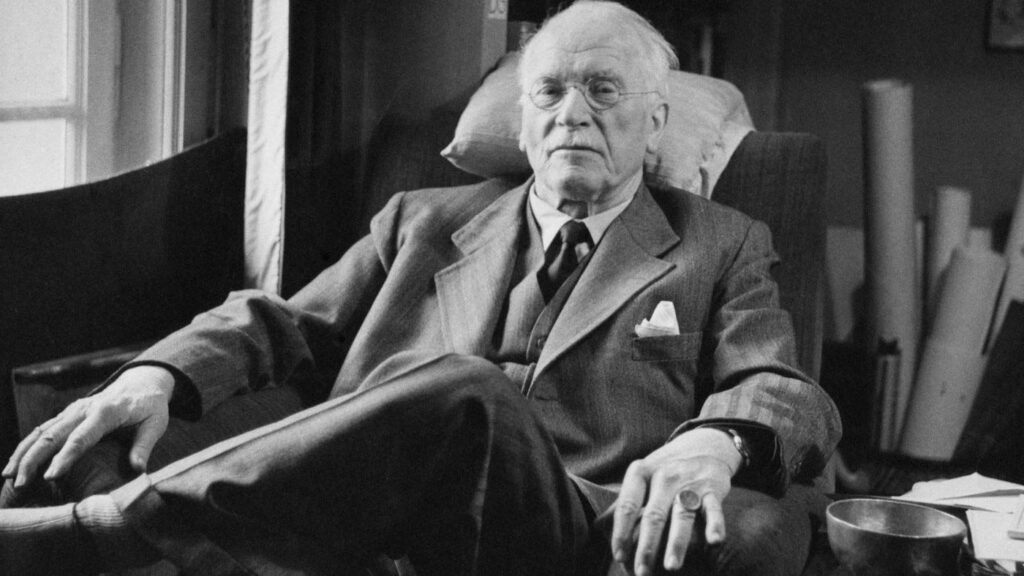
Jung’s advice to Rowland Hazard—that only a spiritual awakening could overcome his alcoholism—set in motion a powerful chain of events. Hazard, inspired by Jung’s insight, shared his experience with Ebby Thacher, another struggling alcoholic, who adopted these principles and found sobriety. Thacher then brought this message to Bill Wilson, whose own transformation led to the creation of Alcoholics Anonymous. Through this chain, Jung’s spiritual wisdom became a cornerstone of AA, influencing millions on the path to recovery.
Jung’s ideas on spirituality resonate deeply with me. He was profoundly spiritual, but not in the way that depends on dogma or rigid belief. Instead, Jung spoke of something greater—what you might call divine wisdom, the collective unconscious of humanity, or even the wisdom of God, if you will. His description of this evolutionary knowledge aligns closely with the idea that we carry within us something ancient and wise, a deep well of understanding shaped by countless generations. And it is through this lens that we can explore Jung’s extraordinary insights into the human psyche, imagination, and spirituality.

He believed that this divine wisdom, or collective unconscious, is not something separate from us but is embedded in our very being, shaping the way we think, feel, and act. This wisdom is not theoretical but it lives within us, passed down through generations, manifesting in ways we often fail to recognize. This connection between the ancient and the present is where Jung’s insights into the psyche truly come alive.
The Embodied Knowledge of Action
The way I see it, and as Jung himself posited, is that human behavior is a deeply embedded repository of ancient knowledge. These patterns of action have been refined over millennia through the process of imitation. We learn by mimicking those around us like our parents, our peers, our cultural icons. And those individuals, too, were shaped by the behaviors of those who came before them. This chain of imitation stretches back across generations, across centuries, to the very dawn of humankind. What this means is that within each of us lies an inherited divine repertoire of behavioral patterns that carry immense wisdom, yet often operate beyond the reach of our conscious awareness.
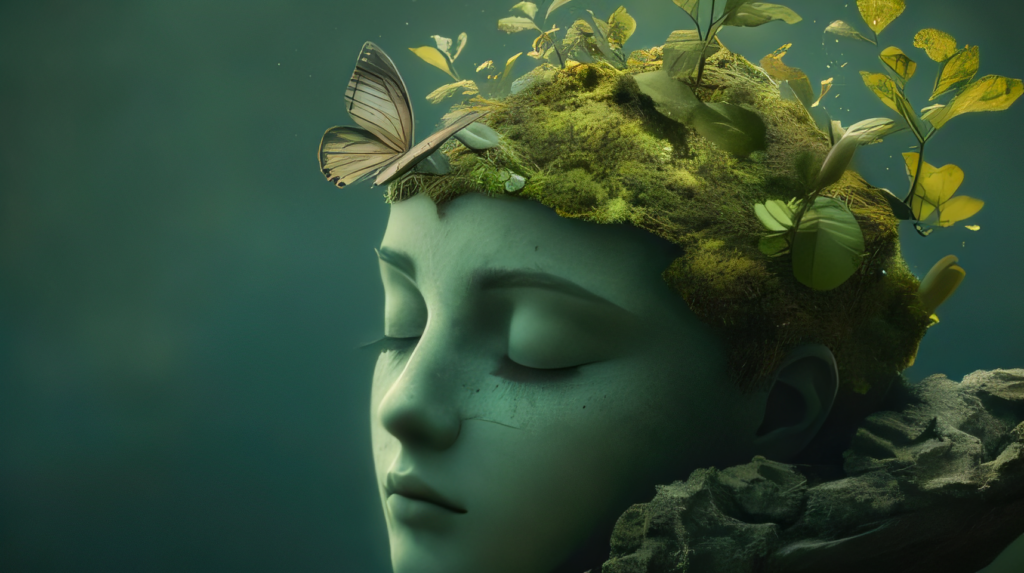
For Jung, the archetypal structures of religious belief were not relics of a bygone era. They were not pathological or deceitful, nor were they comforting illusions designed to shield us from the fear of death. Quite the contrary, Jung saw them as the essential stories that allow us to confront fear as well as our largest character defects and blossom forward with confidence as human beings. These stories, embodied in myth and religion, are the roadmap for navigating the uncertainties of life.
The archetypal structures of religious belief were not relics of a bygone era, not pathological or deceitful, nor were they comforting illusions designed to shield us from the fear of death…
Alcoholics Anonymous, in its structure and philosophy, has masterfully encapsulated this archetypal wisdom, weaving it into a practical framework for modern individuals facing profound challenges. AA’s 12 Steps echo the archetypal journey of death and rebirth; the exact ancient process of confrontation with chaos, humility before the unknown, and the pursuit of redemption.
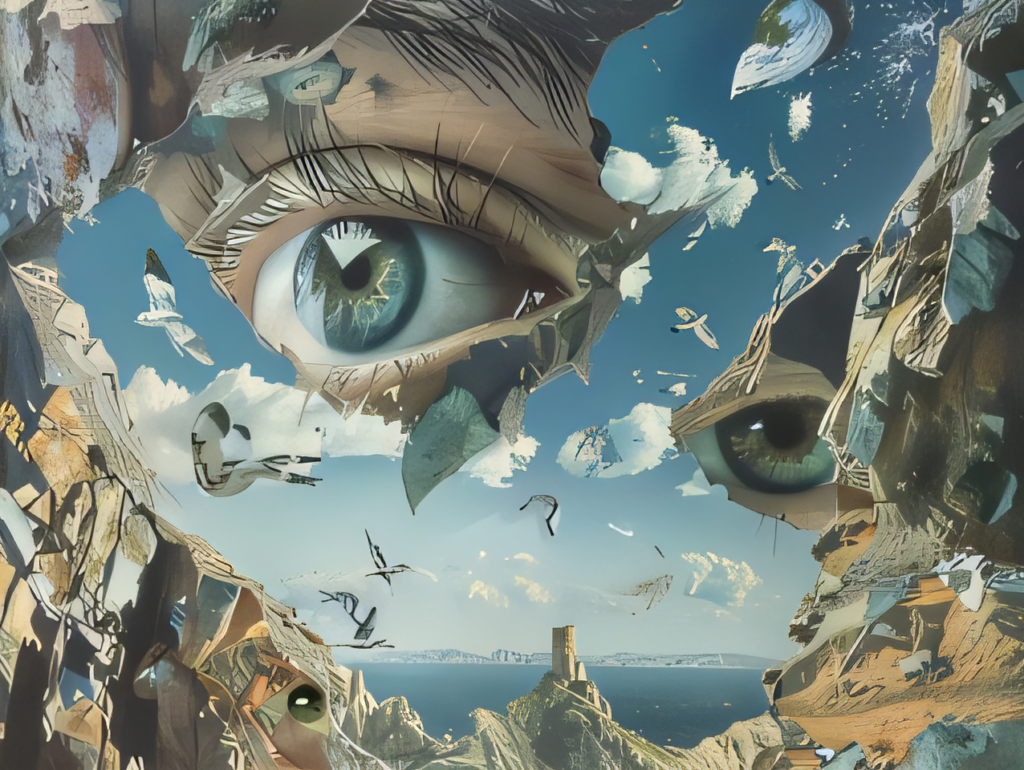
Far from arbitrary, these steps mirror a path that compels the individual to face the shadows within, bringing those fragmented elements into harmony to form a more resilient and complete self. He argued that what we most need will be found not in comfort but in the places we least want to look. It is in the act of confronting the chaos, fears, regrets, and patterns of self-destruction that true transformation becomes possible. Fortunately a process AA distilled into 12 steps and the wisdom embedded in AA: that renewal is found not by avoiding suffering, but by moving through it and emerging stronger on the other side.
King Arthur’s Knights & the Holey Grail
This idea is beautifully illustrated by a story from the legends of King Arthur. Arthur’s knights, all equals at the Round Table, set off in search of the Holy Grail. The Grail might represent The Well of Living Water or The Alchemical Vessel. Regardless of the version, it symbolizes the ultimate goal: salvation, healing, and purpose.
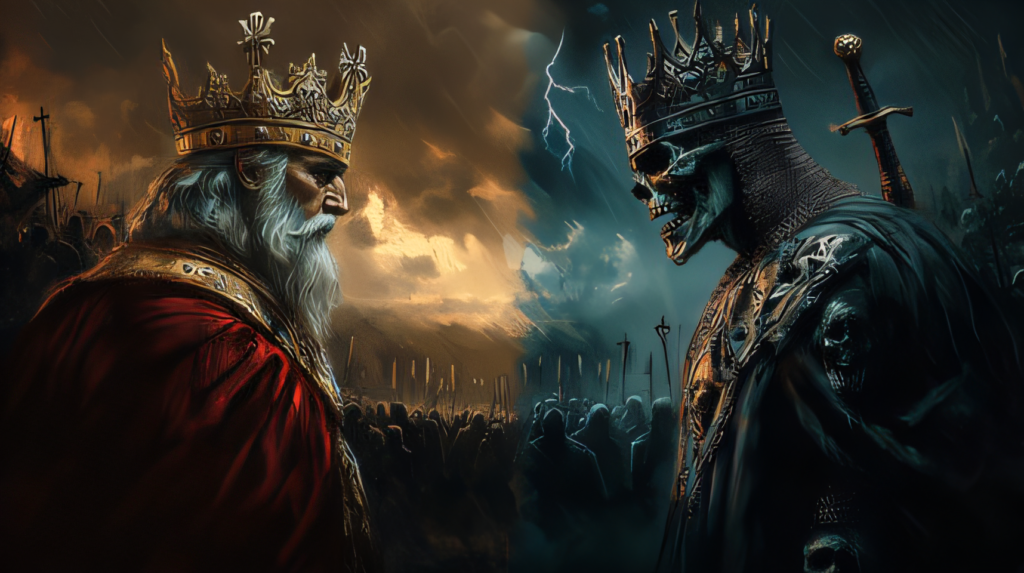
But the knights face a problem: they didn’t know where to begin their search. It’s exactly how we are when we first enter the rooms of AA. When we don’t know where to look for a solution to our restless, irritable, and discontented chaos that pushes us to drink, where do we start? Each knight enters the forest at the point that appears darkest to him. For Jung, the path to redemption and spiritual growth lies precisely where we fear to tread: within the shadows of our own psyche, in the places we avoid out of fear, disgust, or contempt.
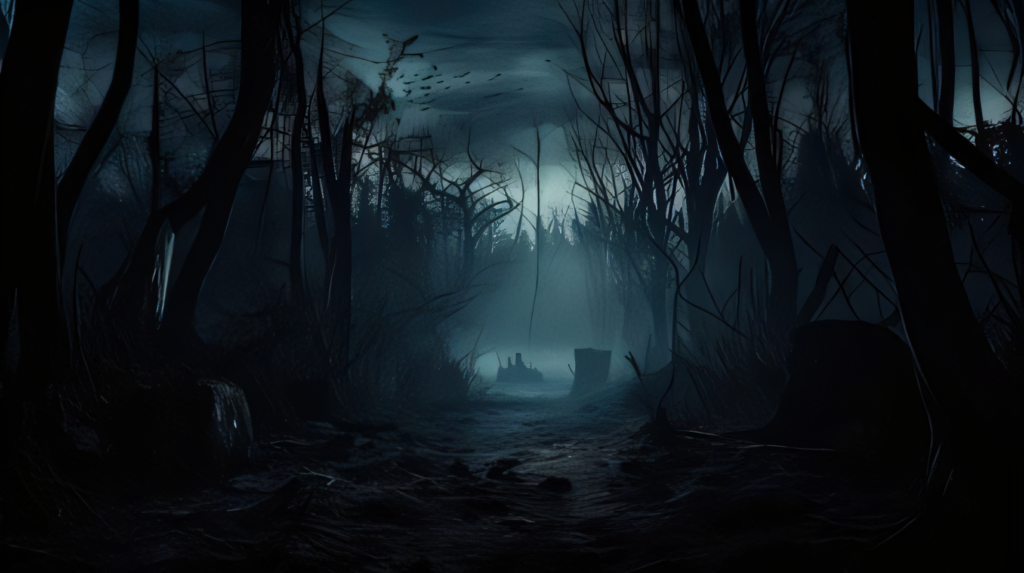
The Spiritual Quest of AA
Jung’s philosophy has profound parallels with the spiritual framework of AA. In AA meetings, we also sit in a circle, much like the Round Table of Arthurian legend. There is no hierarchy in the room; all are equal, bound together by a shared purpose. Each person’s journey to recovery involves a personal confrontation with their own darkness like the places they have avoided, the truths they have denied, and the fears they have suppressed.

AA emphasizes the necessity of surrendering to a higher power, a principle deeply resonant with Jung’s ideas about the collective unconscious and divine wisdom. Just as the knights sought the Grail in the darkest parts of the forest, those in recovery are called to face their deepest fears and vulnerabilities. It is in these moments of confrontation, painful as they may be, that transformation occurs.
Finding the Grail in the Dark
Carl Jung’s work is a testament to the enduring power of imagination, archetype, and spirituality in the human experience. He understood that what we most need is rarely easy to find, and it often lies in the very places we are most reluctant to search. Whether through his influence on the birth of AA or his profound contributions to psychology, Jung reminds us that the journey to redemption is both arduous and deeply rewarding.
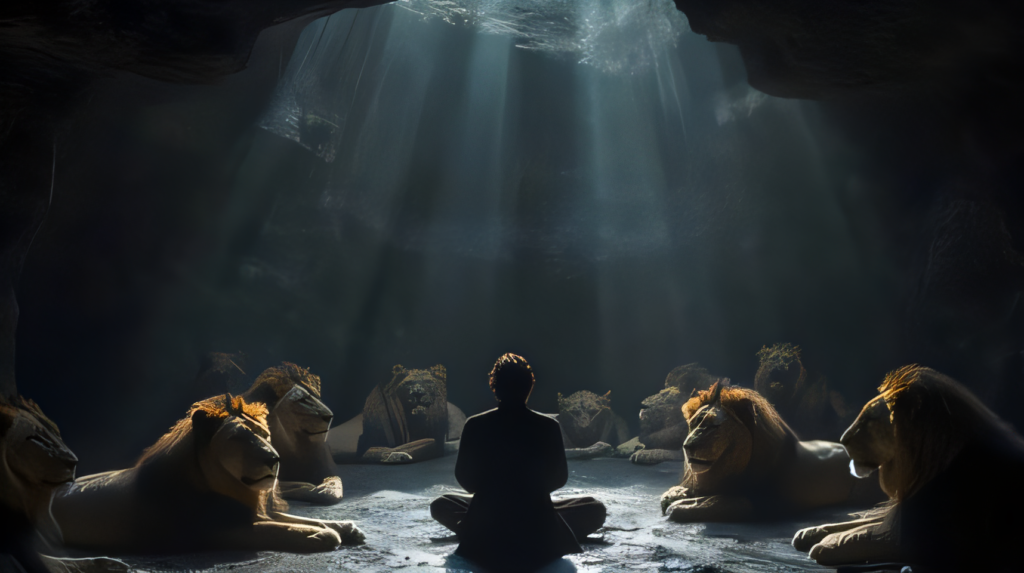
In AA and Jungian thought alike, we find a shared understanding: the wisdom we seek is not handed to us; it is earned. It requires humility, courage, and a willingness to step into the unknown. The Grail is not a fantasy, it is the ultimate symbol of what we long for, hidden in the darkest corners of our lives. And through the 12 steps, we discover not just the Grail but ourselves.
More from Drugs
The Indica vs. Sativa Lie: What Really Drives Cannabis Effects
Let’s talk about cannabis—or more specifically, the two words you’ve probably heard countless times: Indica and Sativa. You walk into …

